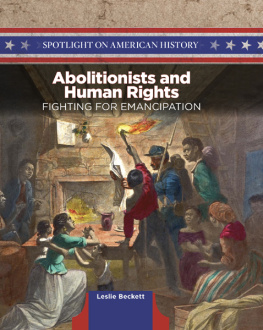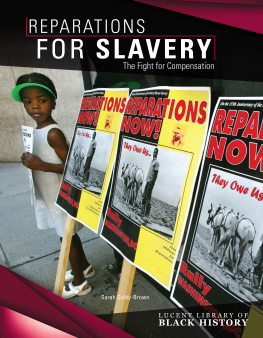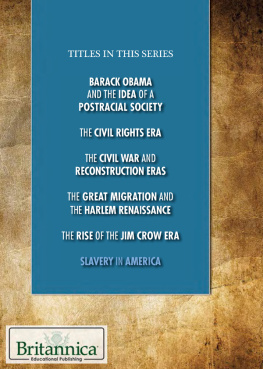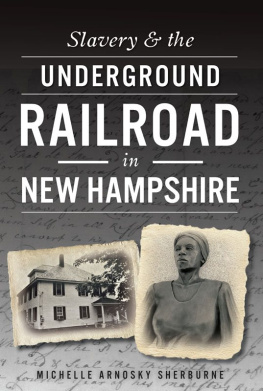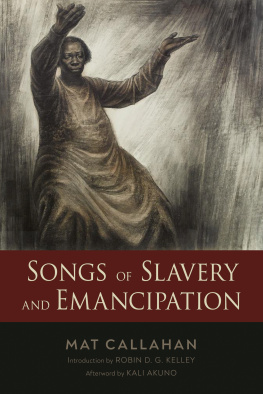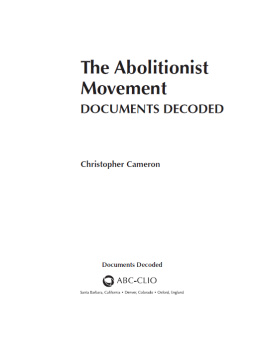
Published in 2017 by The Rosen Publishing Group, Inc.
29 East 21st Street, New York, NY 10010
Copyright 2017 by The Rosen Publishing Group, Inc.
All rights reserved. No part of this book may be reproduced in any form without permission in writing from the publisher, except by a reviewer.
Editor: Katie Kawa
Book Design: Samantha DeMartin
Photo Credits: Cover George Eastman House/Premium Archive/Getty Images; pp. 4, 11 (masthead) Hulton Archive/Getty Images; p. 5 Francis Miller/The LIFE Picture Collection/Getty Images; p. 7 Print Collector/Hulton Archive/Getty Images; p. 8 Lawrence Thornton/Archive Photos/Getty Images; pp. 9, 19 MPI/Archive Photos/ Getty Images; p. 10 https://commons.wikimedia.org/wiki/File:William-Lloyd-Garrison-by-Jocelyn,-1833.jpg; p. 11 (Liberator page) https://commons.wikimedia.org/wiki/File:1831_Liberator.jpg; p. 13 Stock Montage/ Archive Photos/Getty Images; p. 14 https://commons.wikimedia.org/wiki/File:Alanson_Fisher_-_Harriet_Beecher_Stowe_-_Google_Art_Project.jpg; p. 15 https://commons.wikimedia.org/wiki/File:Edwin_Longsden_Long_-_Uncle_Tom_and_Little_Eva.JPG; p. 16 (Sarah) https://commons.wikimedia.org/wiki/File:Sarah_Moore_Grimke.jpg; p. 16 (Angelina) https://commons.wikimedia.org/wiki/File:Angelina_Emily_Grimke.jpg; p. 17 Universal History Archive/Universal Images Group/Getty Images; p. 20 https://commons.wikimedia.org/wiki/File:Ole_Peter_Hansen_Balling_-_John_Brown_-_Google_Art_Project.jpg; p. 21 Everett Historical/Shutterstock.com.
Library of Congress Cataloging-in-Publication Data
Names: Beckett, Leslie, author.
Title: Abolitionists and human rights : fighting for emancipation / Leslie Beckett.
Description: New York : PowerKids Press, 2016. | Series: Spotlight on American history | Includes index.
Identifiers: LCCN 2015047936 | ISBN 9781508149491 (pbk.) | ISBN 9781508149378 (library bound) | ISBN 9781508149163 (6 pack)
Subjects: LCSH: Abolitionists--Juvenile literature. | Antislavery movements--United States--Juvenile literature.
Classification: LCC E449 .B39 2016 | DDC 326/.8092--dc23
LC record available at http://lccn.loc.gov/2015047936
Manufactured in the United States of America
CPSIA Compliance Information: Batch #BS16PK: For further information contact Rosen Publishing, New York, New York at 1-800-237-9932.
CONTENTS
FREEDOM FIGHTERS
In the Declaration of Independence, its written that all men are created equal and that they have the right to Life, Liberty and the pursuit of Happiness. However, for nearly a century after those words were written, all men didnt really mean all men. Millions of men, women, and children were taken from their homes in Africa and forced to work as slavesfirst in the 13 British colonies, and then in the United States.
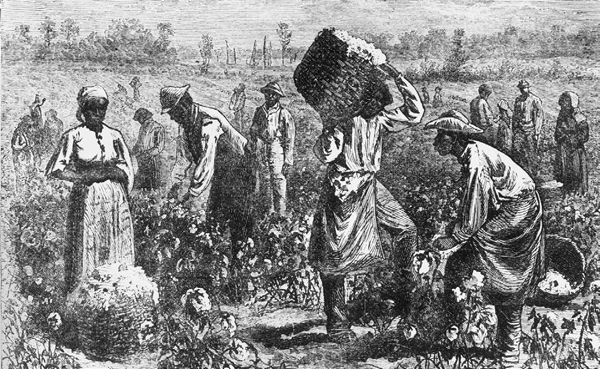
Slaves were treated as property and not as people. Abolitionists worked to change this way of thinking.
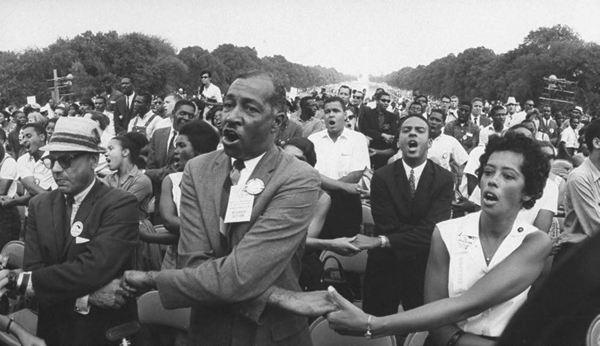
The abolitionist movement inspired many social justice movements that came after it, such as the civil rights movement.
Many peopleespecially plantation owners in the Southsaw slavery as an important part of the American economy because of the cheap labor it provided. However, some men and women tried to abolish, or end, the institution of slavery. These people were known as abolitionists.
Abolitionists came from different backgrounds, but they were united in their goal of ending slavery. They paved the way for modern human rights activists.
THE EARLY ABOLITIONIST MOVEMENT
In 1619, the first slaves were brought to what would become the 13 British colonies. For the next century, very few people spoke out against the institution of slavery in North America. A movement called the Enlightenment led some people to question the morality of slavery. Also, some religious groups were known for their antislavery beliefs. Members of the Society of Friends, who were also known as Quakers, were some of the earliest abolitionists in the United States.
By the start of the 19th century, the abolitionist movement began to grow, especially in the North. By 1804, all U.S. states north of Maryland had agreed to abolish slavery. Four years later, a law was enacted that banned the importation of slaves to the United States.
Despite these victories for the cause of abolition, slaves in the South were still many years away from being freed. The southern economy depended on the cheap labor slaves provided, so many southerners were strongly opposed to abolition.

The economies of states in the North didnt depend on farming as much as the economies of southern states. As such, northern states didnt depend on slave labor in the same way southern states did. This made people in the North more open to abolitionist ideas.
A NEW AWAKENING
The abolitionist movement was deeply connected to religious beliefs. This became even truer after the Second Great Awakening. This was a religious revival that took place around the beginning of the 19th century. It led to the growth of certain Christian churches in the United States, such as the Methodist and Baptist churches.
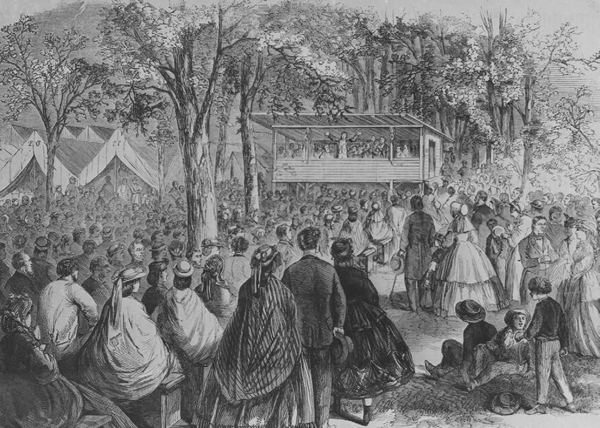
The Great Methodist Camp Meeting, New York City, 1865
The Second Great Awakening also inspired a new period of social activism. During this time, more Americans began to take up the abolitionist cause. These Americans saw slavery as a sin against their fellow human beings. Before this period in American history, abolitionists often called for a gradual end to slavery. However, as time passed, abolitionists began to call for immediate and total emancipation, or freedom, for slaves.
Groups began to form throughout the United States to push for immediate abolition. The most famous of these was the American Anti-Slavery Society, which was founded in 1833.
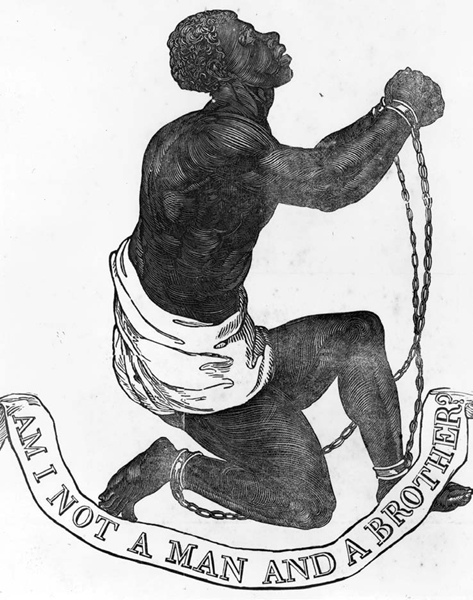
This image was used by abolitionist groups in Britain and the United States.
WILLIAM LLOYD GARRISON
One of the leaders of the American Anti-Slavery Society was William Lloyd Garrison, who was a newspaper editor and publisher as well as an outspoken abolitionist. When the American Anti-Slavery Society was founded in 1833, Garrison was chosen to write its Declaration of Sentiments, which stated the purpose and goals of the organization.
Even before Garrison helped lead the American Anti-Slavery Society, he proudly made his abolitionist views public knowledge.
On January 1, 1831, he published the first issue of his abolitionist newspaper, the Liberator. In his writings for the paper, he called for the immediate abolition of slavery, which was still considered a radical idea at the time.

